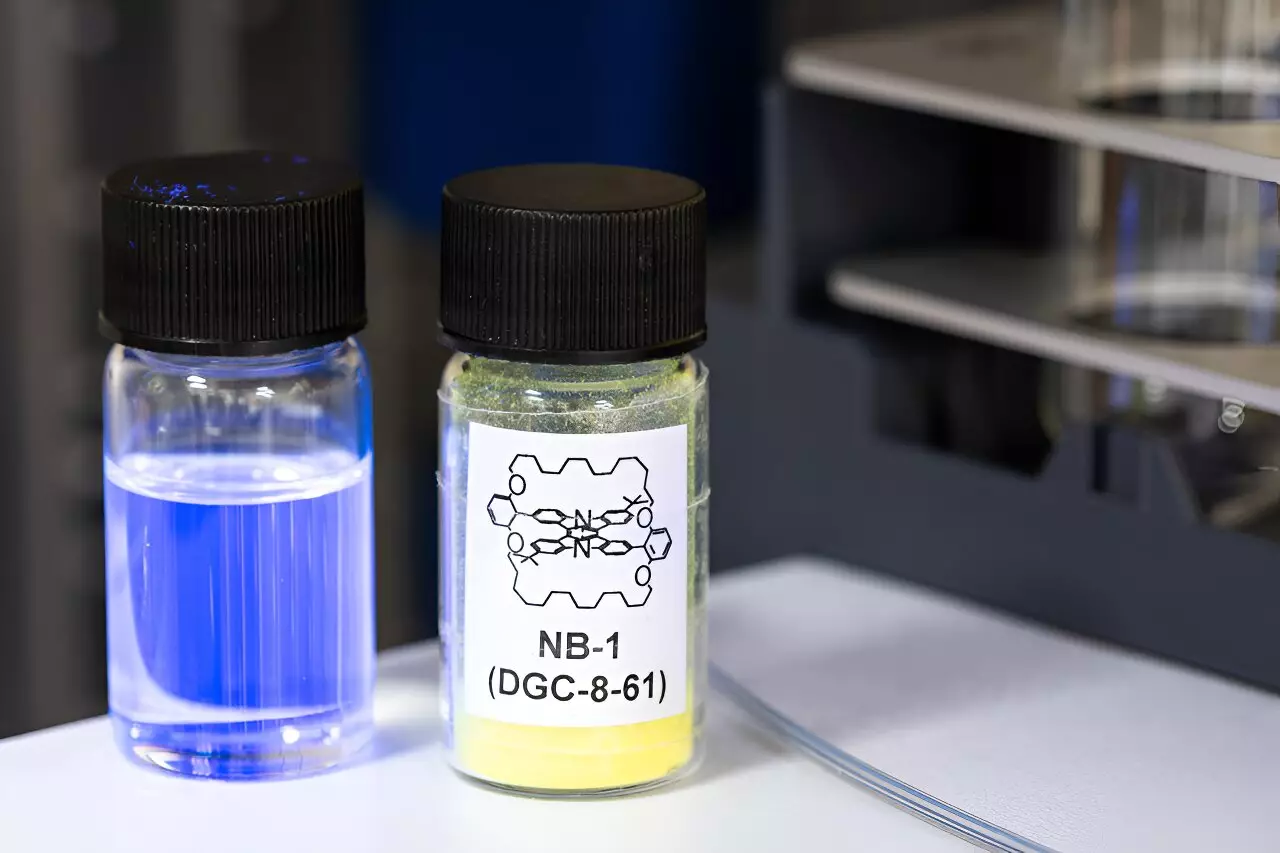Recent research has unveiled a groundbreaking new design for high-efficiency blue organic light-emitting diodes (OLEDs), promising longer-lasting and higher definition television screens. The study, published in Nature Materials, presents a simplified structure that could potentially address the existing drawbacks of OLED displays, such as high costs and short lifespans. The potential implications of this new design extend beyond television screens, as it may also lead to more efficient and sustainable smartphone displays in the future.
The Challenge of OLED Displays
OLED displays currently utilize screen pixels composed of red, green, and blue subpixels that light up at varying intensities to create different colors. However, the subpixels emitting blue light are the least stable and vulnerable to screen “burn-in,” which can compromise viewing quality. This instability not only affects the efficiency of OLED screens but also significantly impacts their longevity. Dr. Marc Etherington, leading the research team, identified the need for a more robust design that could improve both efficiency and durability of OLED displays.
The research team developed a new light-emitting molecule with added shields to block destructive energy pathways and regulate molecular interactions. By enhancing the energy transfer process within OLEDs, the new design aims to maximize the conversion of electrical energy into light, particularly for the problematic blue light emissions. This innovative approach not only simplifies the OLED structure but also ensures high efficiency and improved lifetime of the displays.
Implications for Energy Consumption
Dr. Etherington emphasized the significance of this new molecule in driving down energy consumption in electronic devices. The optimized OLED design has the potential to reduce energy usage in televisions and smartphones, contributing to sustainability efforts and aligning with net zero targets. By enhancing device performance and efficiency, manufacturers and consumers could benefit from cost-effective and environmentally friendly OLED screens.
Co-corresponding author Dr. Daniel Congrave highlighted the potential of the new design to revolutionize OLED technology by simplifying the emissive layer of blue pixels while maintaining high efficiency. This streamlined approach not only addresses the limitations of current OLED displays but also opens up opportunities for mass adoption of OLED technology in various electronic devices. The research findings pave the way for advancements in material design and application, supporting a shift towards more sustainable and energy-efficient technologies.
The innovative design for high-efficiency blue OLEDs represents a significant breakthrough in the field of organic electronics. By overcoming the challenges associated with blue light emissions and addressing the structural complexities of OLED displays, this research offers a promising solution for creating more durable, cost-effective, and energy-efficient television screens and smartphone displays. The transformative impact of this new design on the electronics industry signals a future where OLED technology revolutionizes the way we interact with digital devices.


Leave a Reply